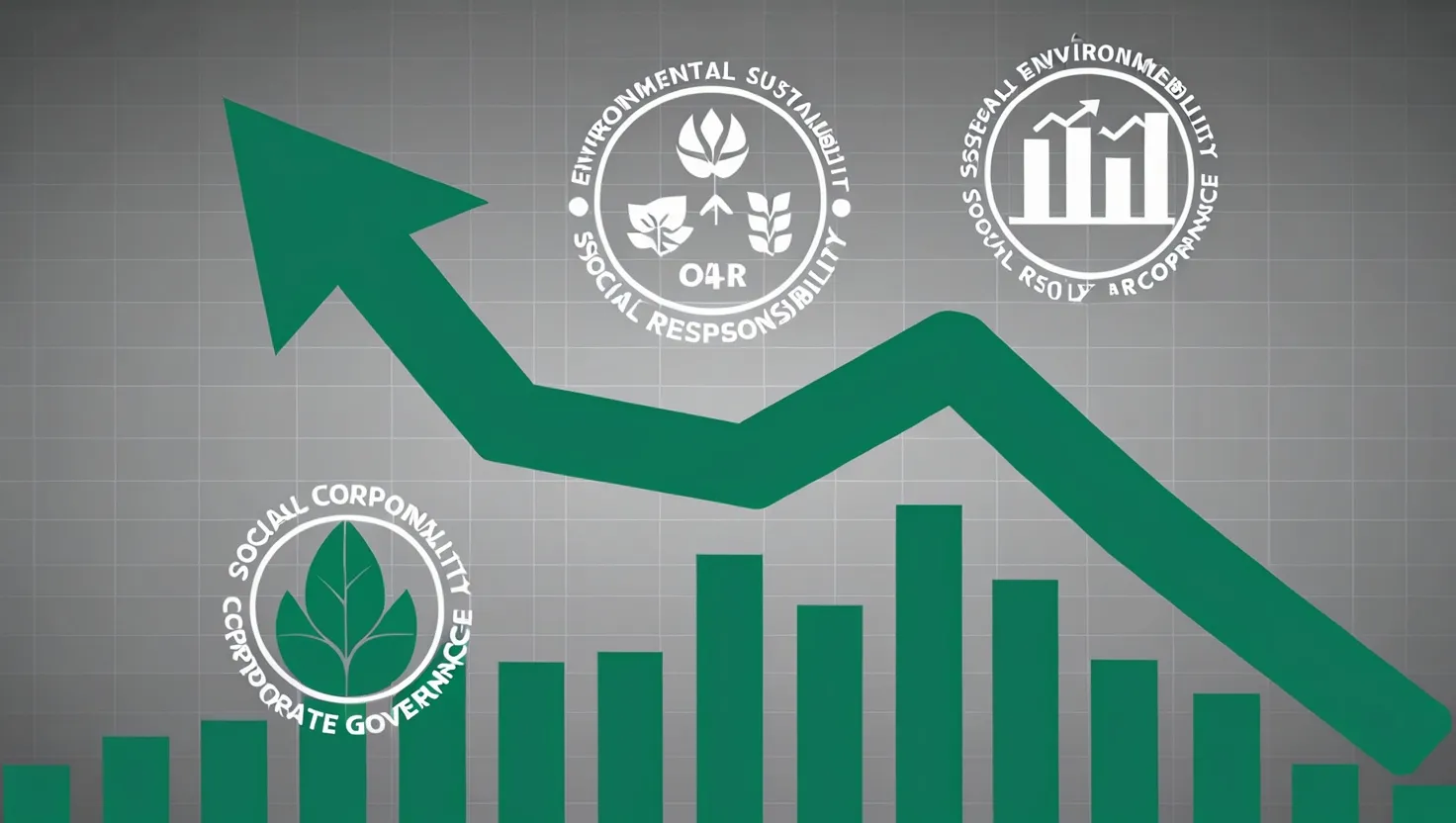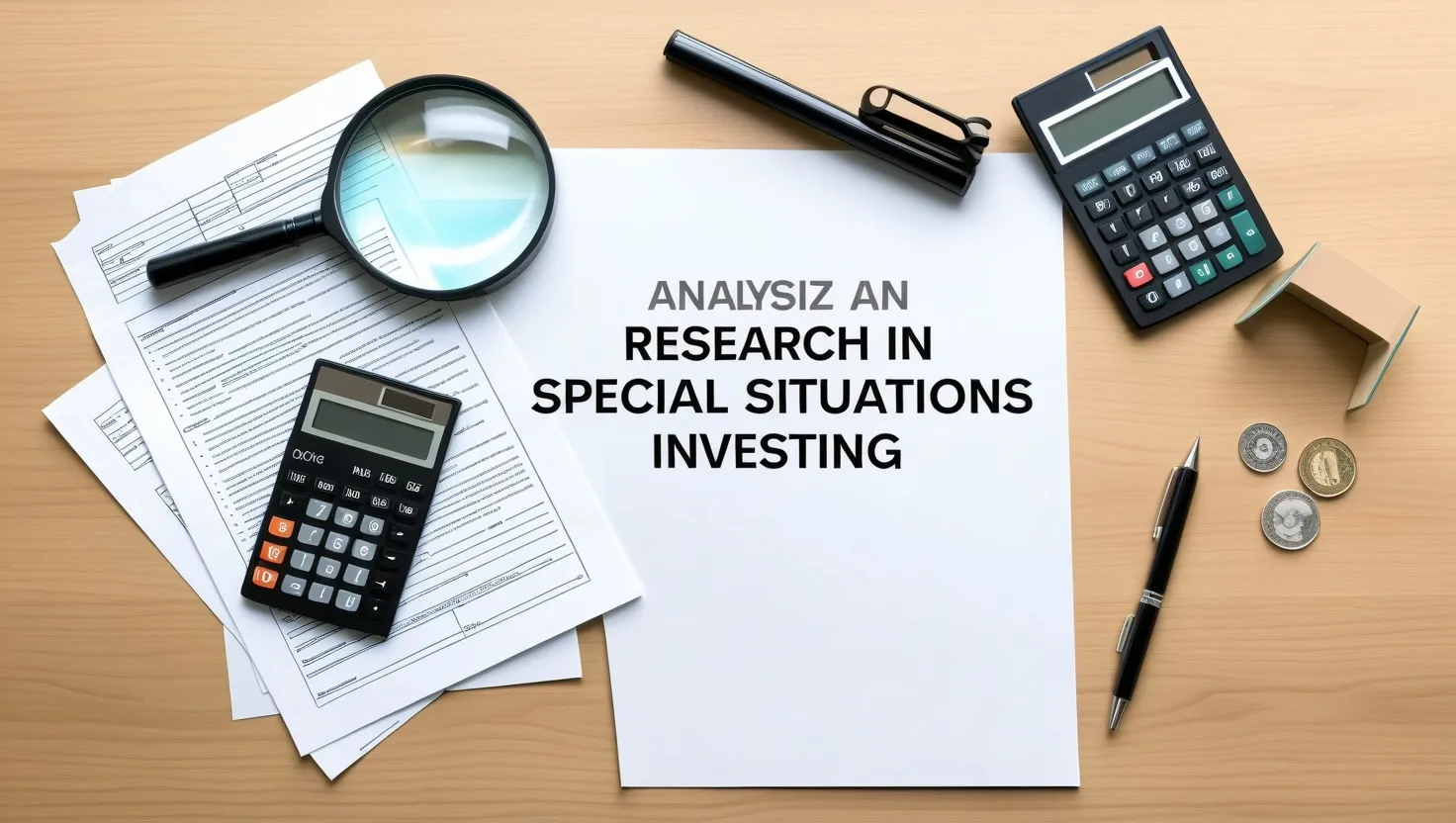When it comes to value investing, the traditional approach often involves scouring the market for undervalued stocks that promise long-term returns. However, in today’s increasingly sustainability-conscious world, integrating Environmental, Social, and Governance (ESG) criteria into your value investing strategy can be a game-changer. Here’s how you can uncover overlooked value investing opportunities in ESG companies.
The Financial Case for ESG
At first glance, it might seem counterintuitive to combine value investing with ESG principles. After all, the former is about finding cheap stocks, while the latter is about ethical and sustainable practices. But the truth is, companies with strong ESG profiles often exhibit better operational performance and risk management, which can translate into superior financial returns.
Consider this: a company that prioritizes environmental sustainability is likely to avoid costly regulatory fines and reputational damage. Similarly, a firm with robust social practices, such as fair labor standards and diversity initiatives, tends to have higher employee satisfaction and retention rates, leading to better productivity and lower turnover costs. These factors can significantly impact a company’s bottom line and long-term viability.
Evaluating ESG Metrics
To identify undervalued ESG companies, you need to evaluate ESG metrics alongside traditional value investing criteria. This involves looking beyond financial statements to assess a company’s governance structure, environmental impact, and social responsibility.
For instance, a company might appear undervalued based on its price-to-earnings ratio, but its strong ESG credentials could indicate a hidden gem. Look for companies with transparent reporting, robust governance structures, and proactive management of environmental and social risks. These indicators often suggest a company that is well-positioned for long-term success.
Avoiding Value Traps
One of the biggest risks in value investing is the value trap – a stock that appears cheap but continues to decline in value. In the ESG space, this can happen if a company’s ESG claims are not substantiated by its actual practices.
To avoid this trap, conduct thorough due diligence. Review sustainability reports, check third-party ESG ratings, and analyze industry benchmarks. Look for evidence of ongoing commitment to ESG improvements, such as investments in sustainable technologies or initiatives to enhance worker satisfaction and diversity.
For example, a company in the energy sector might claim to be transitioning to renewable energy, but if it continues to invest heavily in fossil fuels, its ESG credentials are likely overstated. On the other hand, a company that has faced past controversies but is now credibly improving its ESG practices could be a hidden opportunity.
Identifying Improvers
Identifying companies with improving ESG profiles before the market fully prices in the changes can be a lucrative strategy. These companies often face initial skepticism from investors, leading to undervaluation. However, as they demonstrate genuine improvements in their ESG practices, their stock prices can rise significantly.
Consider a company that has historically had poor labor practices but is now implementing robust worker safety protocols and diversity initiatives. As these changes become evident, the company’s ESG ratings will improve, and so will its stock price. By investing early, you can capture this upside before the market fully recognizes the company’s transformation.
Case Studies
There are several case studies that illustrate the potential of combining value principles with sustainable investing. For instance, a company like Patagonia, known for its environmental sustainability, has consistently delivered strong financial returns while maintaining its ethical stance. Similarly, companies in the renewable energy sector, such as Vestas Wind Systems, have seen significant growth as the world shifts towards cleaner energy sources.
These companies demonstrate that strong ESG practices are not just ethical imperatives but also sound financial strategies. By identifying similar opportunities, value investors can not only contribute to a more sustainable future but also enhance their portfolio’s performance.
Diversification and Active Monitoring
To maximize the benefits of ESG-focused value investing, it’s crucial to diversify your portfolio across different sectors and geographies. This strategy reduces sector-specific risks and allows you to leverage various global ESG initiatives.
For example, renewable energy projects might be more feasible in regions with favorable regulatory environments, while strong labor practices could be a significant value driver in industries prone to social scrutiny. Active monitoring and periodic rebalancing of your portfolio are also essential to ensure that your investments remain aligned with your ESG and value investing criteria.
The Future of Value Investing
As the world continues to prioritize sustainability and ethical practices, the integration of ESG criteria into value investing is becoming increasingly important. This approach not only aligns financial goals with ethical standards but also enhances the resilience and long-term potential of your investments.
By focusing on companies that are undervalued yet committed to strong ESG practices, you can secure a competitive market advantage. As regulations evolve and market dynamics shift towards greater transparency and accountability, the synergy between value and values will only grow stronger.
In conclusion, combining value investing with ESG principles is not just a moral imperative; it’s a smart financial strategy. By assessing the long-term financial benefits of strong ESG practices, evaluating ESG metrics alongside traditional value investing criteria, and identifying companies with improving ESG profiles, you can uncover overlooked value investing opportunities that promise both financial returns and positive social and environmental impacts. This approach ensures that your investments are not only financially sound but also contribute to a more sustainable and ethical future.






